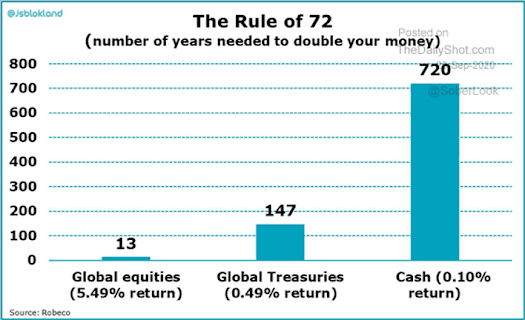Business Applications – Timely Gauge of Real GDP
When Covid struck, new business applications collapsed. But then they soared to a record high by a wide margin. New business applications correlate with U.S. real GDP. This is another economic indicator suggesting significant upside, contrary to the pervasive Wall of Worry.
High-Propensity Business Applications are a subset of total business applications, which includes only applications that have a high likelihood of turning into businesses with payrolls. This avoids applications by laid-off gig workers/independent contractors, and is likely the best representation of “true” new business formations.
The surge in new business applications shows spirits remain optimistic, suggesting strengthening business and consumer sentiment.
There is a 73% correlation between high-propensity business applications, and real GDP growth. Why? New business formations are a function of confidence, both business and consumer. From 2007-2019, business applications led real GDP by 3 quarters.
Jim Chanos, the founder of hedge fund Kynikos Associates Ltd., is critical of companies that, he says, are increasingly defining themselves not by revenue or earnings, but by the total addressable market they can win. The idea is “how big is what you’re chasing, forgetting for a second that everybody else is chasing those same markets”. An example is Netflix Inc., which has said their total market “is all the people on the planet”. Chanos said he would “go long any of the space companies that have gone public because we know that space is infinite. There’s no price too high to pay.” His remarks sent shares of Virgin Galactic Holdings Inc. up 7% before paring gains after Chanos said he was just joking.
Domestic China back to Normal?
China Hotel RevPAR grew 24% year-over-year last week. While this is exaggerated by the Golden Week, Morgan Stanley estimates that after adjusting for this holiday, year-over-year RevPAR was flat to pre-pandemic levels.
Note: RevPAR is a metric used in the hospitality industry to measure hotel performance. The measurement is calculated by multiplying a hotel's average daily room rate by its occupancy rate.
Rally powered by assets you can’t see or touch
Take all the physical assets owned by all the companies in the S&P 500, all the cars and office buildings and factories and merchandise, then sell them all at cost in one giant sale, and they would generate a net sum that doesn’t even come out to 20% of the index’s $28 trillion value. Much of what’s left comes from things you can’t see or count: algorithms and brands and lists.
Back in 1985, before Silicon Valley came to dominate the ranks of America’s biggest companies, tangible assets tended to be closer to half the market’s value.
The shift picked up after the financial crisis of 2008 and is taking off anew during the Covid-19 lockdown, with the value of intangible-heavy companies like Google and Facebook soaring while smokestack stocks languish. All of which is a source of deep concern for those who worry about things like employment and inequality.
As a result of those gains, S&P 500 members held more than $21 trillion in intangibles at the end of 2018, more than double 2005. That’s 84% of the S&P 500’s market value, the most ever.
Back in the 19th century, capitalism required large physical investments, such as canals, dams and railroads, which in turn created jobs. That’s true to a much smaller extent now.
Economic recoveries that focus more on intangible investments have increasingly been met with slower labor market bounce-backs.
Difference between market cap weighted and equal weighted performance
Because the S&P 500 is weighted by a company’s market value, the biggest internet firms have overshadowed declines in several sectors this year. This year, the S&P is outpacing a version of the index that gives every stock an equal weighting by nearly 10%, a gap that would be the highest since the late 1990s.
Investors propelled ESG funds to new heights in 2020 and federal agencies are watching. Inflows into ESG funds peaked in 2020. Many of these funds have recently outperformed the markets, but regulators say they may not be all they claim to be. The tension around ESGs has to do with the way that they’re built. This video goes over various strategies for constructing ESG funds and highlights the lack of standardization and common concerns that investors should be aware of.


































